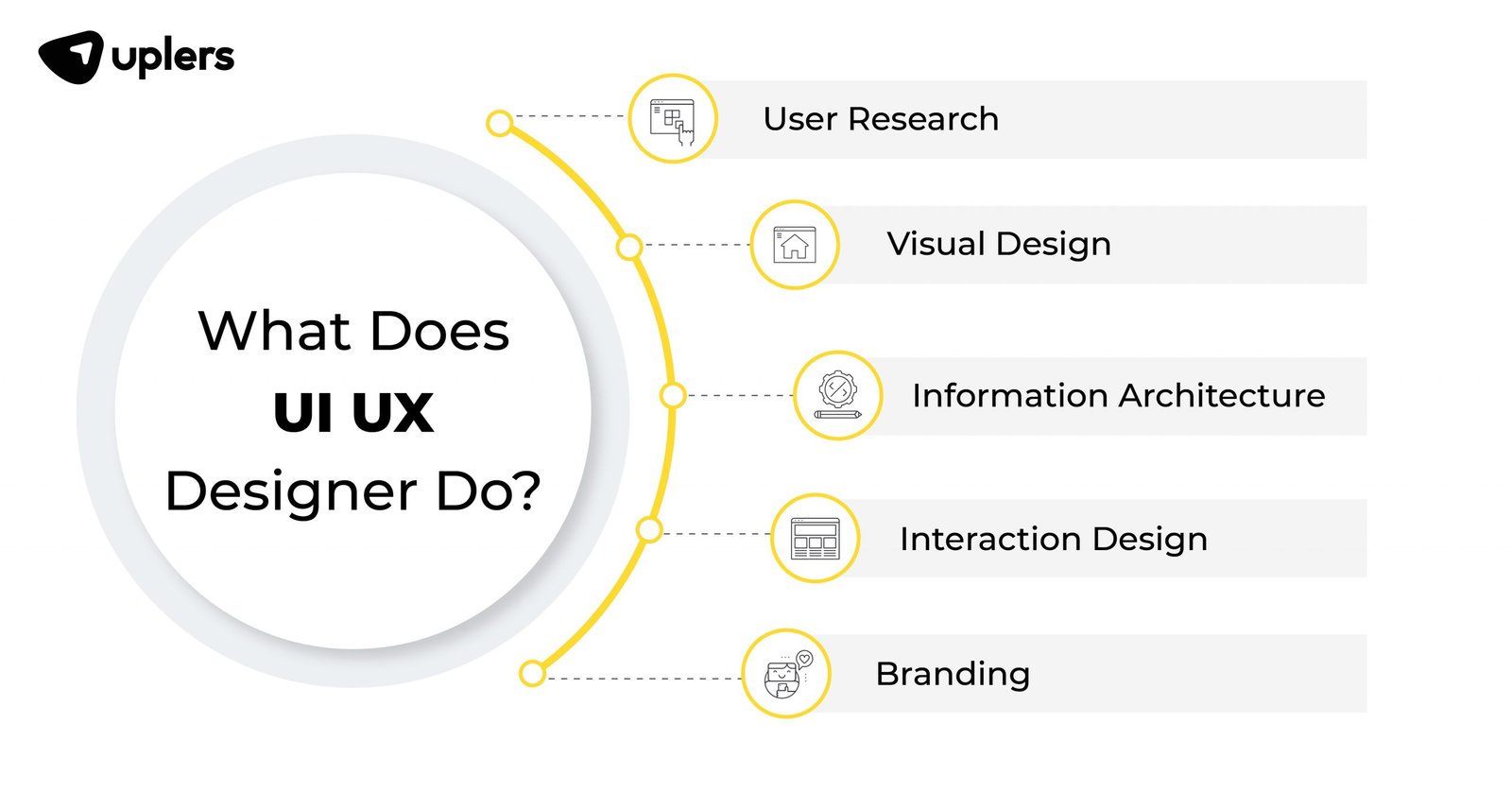Introduction: Unleashing the Power of UX/UI for Captivating User Experiences

In today’s digital landscape, user experience (UX) and user interface (UI) have emerged as crucial elements in shaping the success of products and services. UX encompasses the overall experience a user has while interacting with a product or service, while UI refers to the visual and interactive elements that facilitate this interaction. This dynamic combination plays a pivotal role in determining whether users find their interactions enjoyable, efficient, and satisfying.

The Importance of UX/UI: Elevating User Engagement and Conversion

Optimizing UX and UI offers numerous benefits that can significantly enhance user engagement and conversion rates. Here are some key reasons why UX/UI matters:
- Enhanced User Satisfaction: Well-designed UX/UI ensures that users find it easy, enjoyable, and intuitive to use a product or service. Positive user experiences foster satisfaction and increase the likelihood of retention.
- Increased User Engagement: Engaging UX/UI elements, such as compelling visuals, interactive features, and intuitive navigation, keep users immersed in the product or service. Higher engagement levels lead to extended usage and better outcomes.
- Improved Conversion Rates: By addressing pain points, reducing friction, and optimizing user flows, effective UX/UI can significantly improve conversion rates. When users can effortlessly navigate through the desired actions, they are more likely to complete transactions or take desired actions.
- Boosted Brand Reputation: Positive UX/UI experiences create positive brand perceptions and enhance reputation. Users tend to prefer brands that offer seamless, enjoyable, and visually appealing interactions.
Key Principles of Effective UX/UI Design: Creating User-Centric Experiences
Effective UX/UI design revolves around several fundamental principles that ensure user-centric experiences:
- User Research: Understanding the target audience’s needs, behaviors, and preferences is paramount. User research techniques, such as surveys, interviews, and usability testing, provide invaluable insights into user expectations and pain points.
- Iterative Design: UX/UI design is not a one-and-done process. Iterative design involves designing, testing, and refining the product or service based on user feedback. This approach allows for continuous improvement and ensures alignment with user needs.
- Simplicity and Clarity: The best UX/UI designs are often the simplest ones. Avoiding clutter, ensuring clear hierarchy, and using consistent visual elements enhance usability and make the product or service easy to navigate.
- Responsiveness and Accessibility: With the proliferation of devices, responsiveness and accessibility are becoming essential. UX/UI designs should adapt seamlessly across different screen sizes and ensure inclusivity by considering users with disabilities.
Conclusion: Embracing UX/UI for Business Success
Investing in UX/UI is not just a design trend; it is a strategic move that directly impacts business outcomes. By prioritizing user experience and interface, businesses can attract and retain users, boost conversions, and build a strong brand reputation. In a competitive digital landscape, UX/UI plays a pivotal role in driving success and ensuring that users choose and recommend your product or service.

